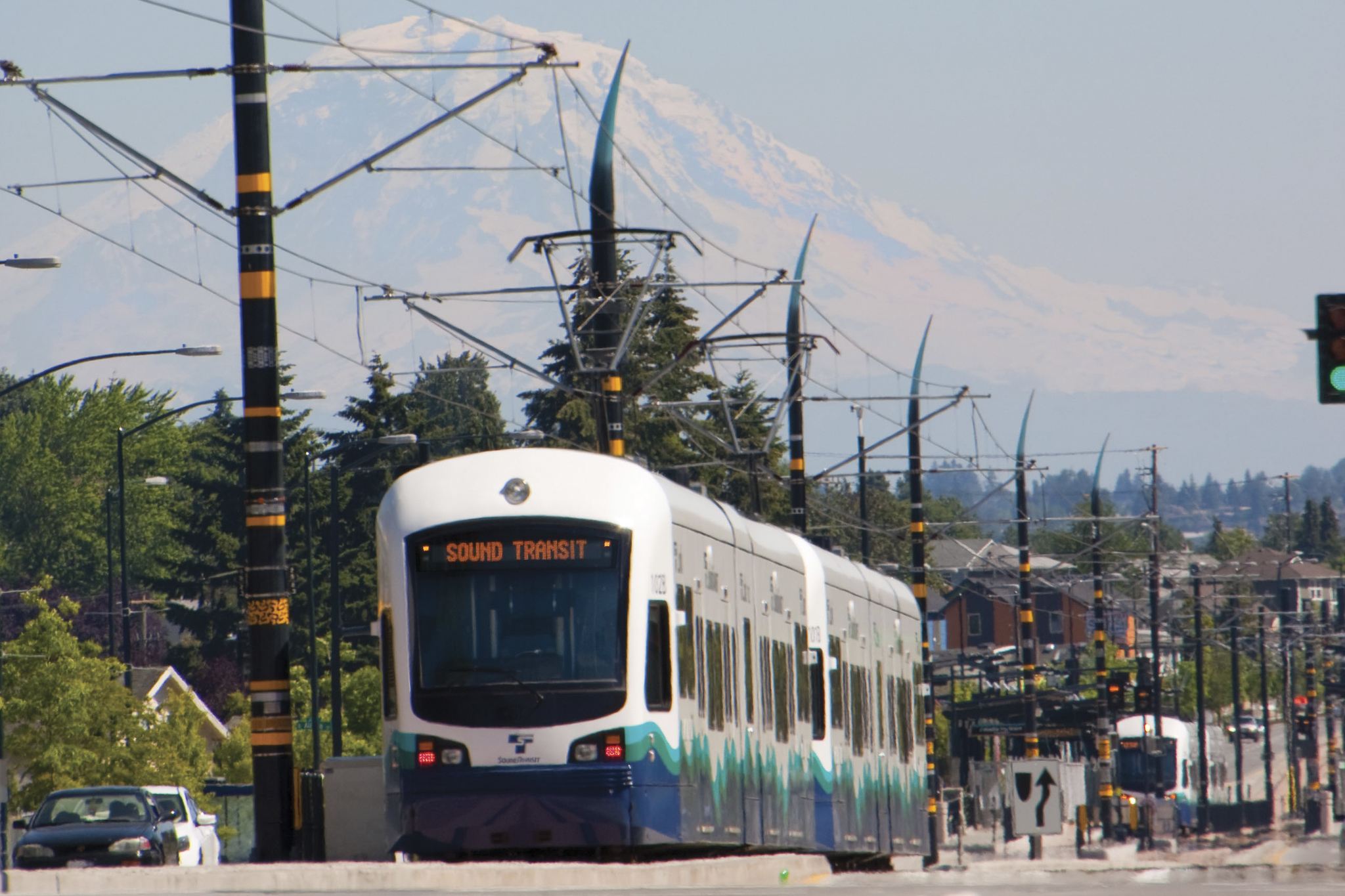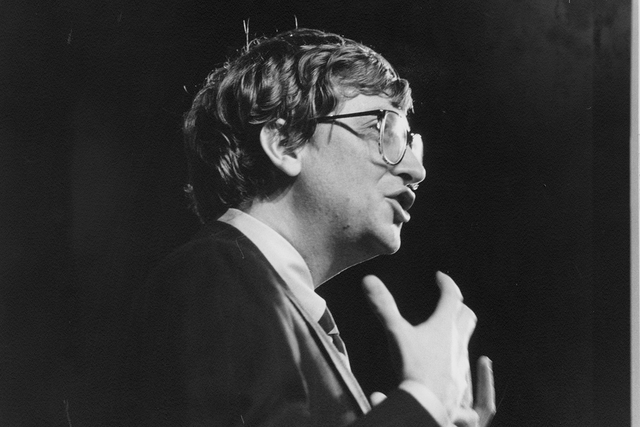NEGLECTING MOTHER Nature at the start just costs you more later on. That’s what Dubya’s fiercest opponents and some of his best friends are trying to tell him, now that he’s told us that we should live with global warming rather than spending now to avoid future disaster. And so Washington’s Department of Transportation (WSDOT) discovered after it replaced the bridge that carries Highway 2 over Ebey Slough, a main arm of the Snohomish River just east of Everett. WSDOT did just what the public wanted: It built a much bigger bridge, which does a very good job of bearing vehicles, thank you—and it saved taxpayers a bunch of money in the process. But the highway builders forgot that bridges don’t just carry traffic over rivers, they let rivers pass beneath. And that oversight has come back to haunt them and cost us. After years of silence on the subject, and just as it’s praying voters will pony up billions of dollars for new highway projects, the department is facing up to a most inconvenient fact: It must tear down and replace a prominent bridge it built just eight years ago.
In 1993, WSDOT got a county permit to span the slough with a spacious double bridge resting on two “piers”—rows of concrete columns—set 120 feet apart in the channel. It submitted this plan to a “value engineering” review—i.e., looking for ways to cut costs, a procedure WSDOT had lately adopted for all large projects. The value engineers determined that the bridge could be built much cheaper by building lighter, with shorter spans resting on thinner piers set 60 feet apart.
WSDOT didn’t bother getting a new permit for this revised design—an omission that Glenn Davis, who headed the project’s design team, calls “an oversight” on the part of “a lot of people.” The state Department of Ecology and Snohomish County’s surface-water agency, which approved the original design, weren’t aware of the changes until the additional piers were literally cast in concrete. What the highway builders failed to consider was that closely spaced piers form what’s known as a “trash rack,” which catches logs and other debris. That combing effect was compounded by the fact that the piers under the west- and eastbound roadways were staggered; logs that get through one row of concrete teeth can still catch on the other.
Davis recalls “many meetings” among the various agencies, grasping for an easy solution. None appeared. Then the big 1995 Thanksgiving Day flood hit. The logs piled up for 600 feet behind the bridge, jamming the channel and weakening the dikes that hold it in (which later blew out, causing new multimillion-dollar floods). WSDOT crews worked heroically to clear the clogged channel, swinging heavy cranes from atop the bridge and chain-saws from dinghies and hopping over the jam like old-time logrollers.
To prevent further debacles, WSDOT proposed building a 100-foot barrier at the head of the slough to deflect debris back into the river. Whoa, said Ecology and the Washington Department of Fish and Wildlife: That would starve the 12-mile slough, an important habitat for chinook salmon, of the woody debris that young fish need for shade and shelter. And it could push any logjam back upstream and blow out dikes protecting homes and farms that had already suffered severe flooding. Like tinder in a forest where ordinary fires are suppressed, the debris would pile up dangerously. And, just to raise the stakes, the Olympic fuel pipeline and Everett’s water supply pipes both cross the slough near the bridge and might be vulnerable in a blowout.
Then, from May 1998 till now, the other agencies heard not a peep from WSDOT (and you thought the FBI and CIA were the only sister agencies that don’t talk to each other?). But the highway engineers weren’t just sitting on their quandary; they sketched out various options for fixing the jam-prone bridge and submitted them to—you guessed it—value engineering. Deflectors at the bridge itself wouldn’t work. Nor would removing dikes to allow more room for overflow; eventually the logs would pile up at the bridge. The only feasible fix appears to be the priciest one: replacing the eight-year-old bridge at a cost of $4.3 million.
This is hardly an auspicious time for WSDOT to go digging or pleading for those funds. But it wouldn’t be fair to tar the entire highway-building operation with this one boondoggle. Even Erik Stockdale, the Ecology wetlands specialist who called foul on the deflector scheme, concedes that “this is in a way an anomaly” for WSDOT. “They have some very good environmental people and come up with some very creative solutions.” This time, however, they watched how the cash goes, not the way the river flows. No doubt they’ll remember the lesson.
READING AFIELD
If you haven’t checked out Grist, the Seattle-based, nationally focused online environmental journal that calls itself “a beacon in the smog,” do—at www.grist magazine.com. Excellent daily and, for the time-challenged, weekly e-mail digests, wide-ranging links, solid original stories, snappy style, sardonic headlines, and minimal preaching—what more could anyone ask? Oh yeah, a break from fund-raising while you check it out, since Grist just finished its first avowedly “annual” drive.
Eric Scigliano’s environment column appears every other week.








